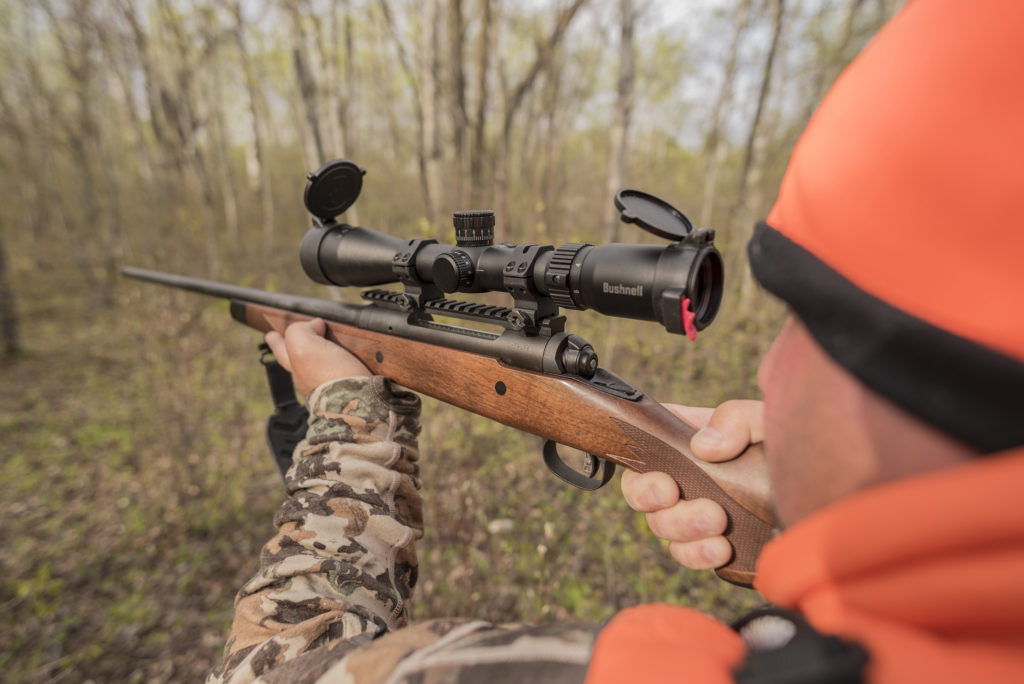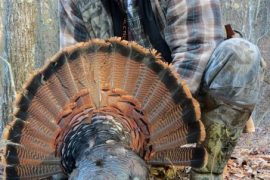
If you must shoot quickly or over brush with a gun, standing might be your only option. Here’s how to practice a position for deer hunting you’ll try never to use — but one that could someday put venison on the table.
The snap of limbs and then voices told me the drivers were close. In minutes they were all but a pebble’s toss away, boughs sloughing against canvas farm jackets. I relaxed. No deer in this pocket.
Then, suddenly, a whitetail buck popped free of the pines. He sunfished over a fence a few feet to my front then rocketed straight-away. A .303 bullet caught him in the back of his neck. He tumbled, dead instantly. I couldn’t remember lifting my rifle. Truly, sometimes muscle memory beats deliberate aim.
But such lucky shots aren’t really. Instinctive shooting depends a great deal on muscle memory. It leans, too, on hand-eye coordination, some of which you inherit. But cultivating good shooting form and then using it exclusively in practice is not just training your muscles. It’s refining coordination. Your body’s routines, from walking and swimming to driving with a standard transmission, result from repeated trials, mating one function with another until the process is coordinated.
Shooting a rifle well starts at a bench. There, across sandbags or from a mechanical rest, you can focus on breathing, sight picture and trigger control, three fundamental aspects of marksmanship. Because the bench supports the rifle, you needn’t fret about sight movement or fight tired, twitching muscles. But extended shooting from the bench can leave you thinking you’re a marksman when you’re not.
Once, at a sight-in day on a shooting range, I asked a bunch of hunters who had just zeroed their rifles to take one offhand shot at a 6-inch circle at 100 yards. More than a dozen…





